They may not win beauty contests—but these so-called “ugly” plants might just be the unsung heroes of your garden. With rough textures, odd shapes, or muted colors, they’re often overlooked in favor of showier blooms. But don’t be fooled by appearances.
These plants are resilient, low-maintenance, and often serve multiple functions—from enriching the soil to deterring pests or surviving extreme weather. Many are also surprisingly beneficial to pollinators, biodiversity, and even your overall garden structure. In short, they do the heavy lifting without demanding the spotlight.
In this article, we’re shining a light on 10 plants that may not be conventionally pretty, but are essential team players. Sometimes, the most useful garden allies are the ones hiding in plain sight—and it’s time they got the recognition they deserve.
Comfrey
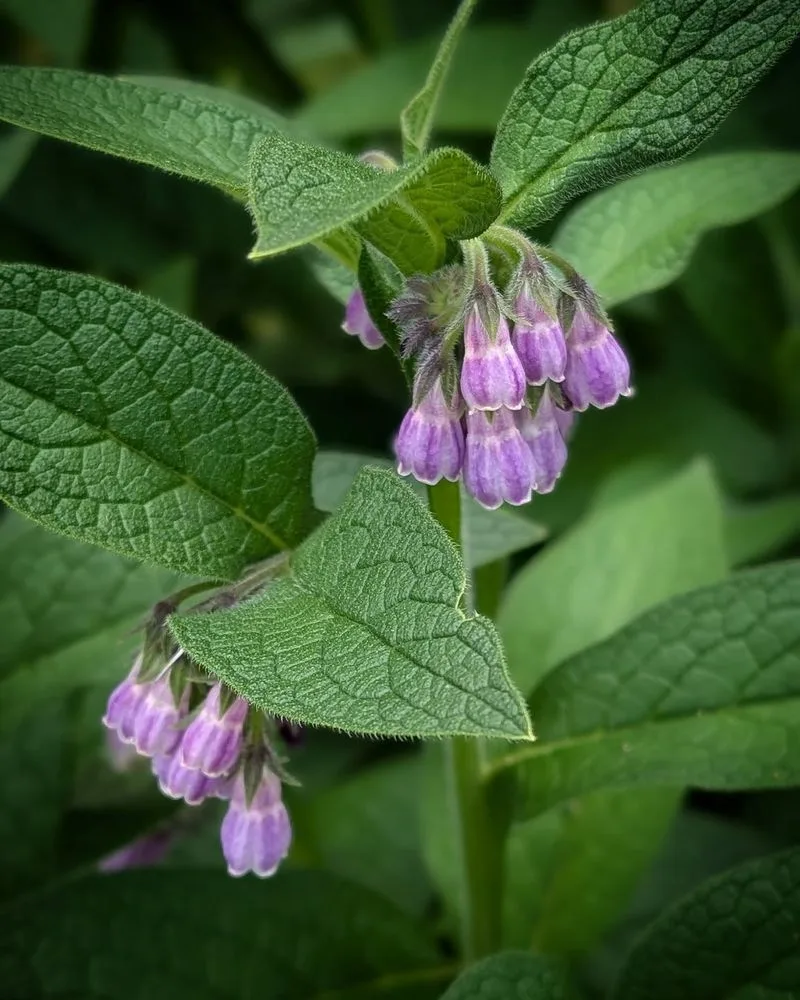
Standing tall with broad, slightly prickly leaves, Comfrey is more than meets the eye. This plant’s deep roots draw nutrients from deep soil layers, enriching the surface soil. Its leaves, when composted, create a potent natural fertilizer. Comfrey is also a favorite among pollinators, with its purple flowers acting as a magnet for bees. This plant’s resilience and utility make it a staple in smart gardening.
Nettle
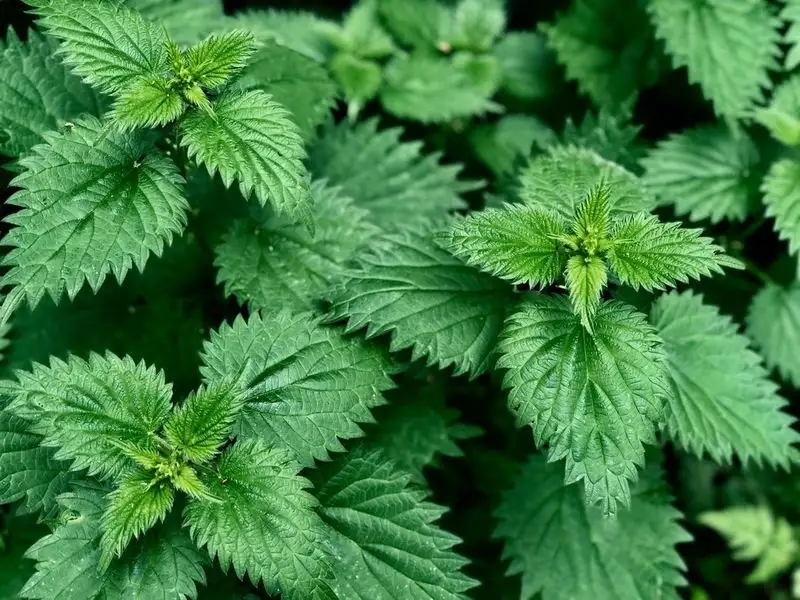
Often considered a pesky weed, Nettle is actually a powerhouse in disguise. Its presence in the garden signifies healthy, nutrient-rich soil. Nettles are known for their ability to deter aphids, acting as a natural pest control. Additionally, they can be harvested to make a nutrient-dense tea for plants. Rich in iron, they contribute to the lushness of any garden that embraces them.
Dandelion

With its bright yellow flowers and fluffy seed heads, the Dandelion is often seen as an intruder. Yet, its long roots aerate and break up compacted soil, improving drainage and soil health. Dandelions are also edible and provide early-season nectar for bees. Their presence is a sign of a balanced ecosystem, often growing where the soil needs improvement.
Yarrow
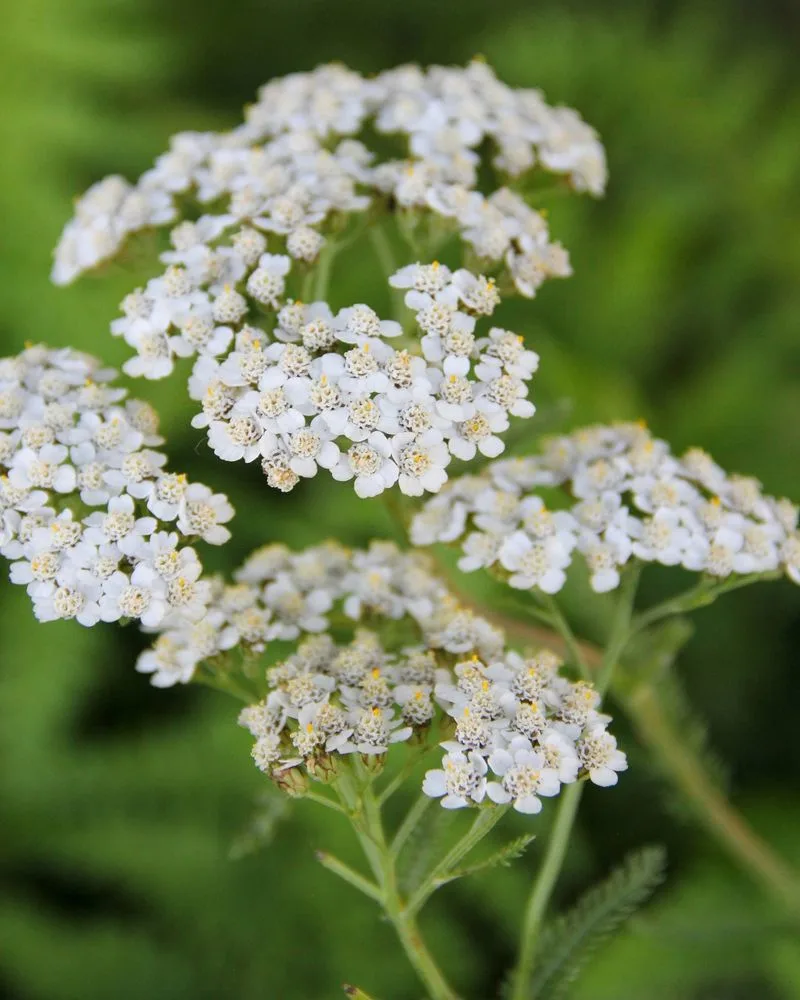
Yarrow’s feathery leaves and clusters of tiny flowers might not scream beauty, but their benefits are extensive. Known for attracting beneficial insects, Yarrow improves biodiversity in gardens. Its deep roots help prevent soil erosion, making it an ideal companion plant. Additionally, it enhances the aromatic quality of neighboring herbs and flowers.
Borage
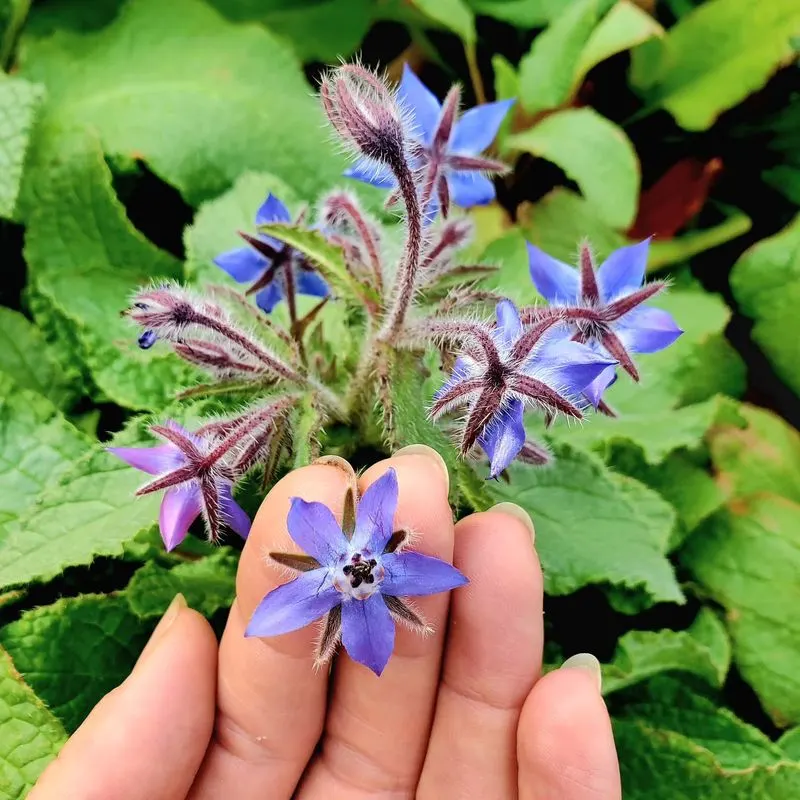
Borage, with its starry blue flowers and bristly leaves, may not win a beauty contest but excels in function. It’s a natural bee attractor, boosting pollination rates for neighboring plants. Borage leaves, rich in trace minerals, improve soil health when decomposed. Its cucumber-flavored leaves can also add a unique touch to salads.
Lamb’s Ear
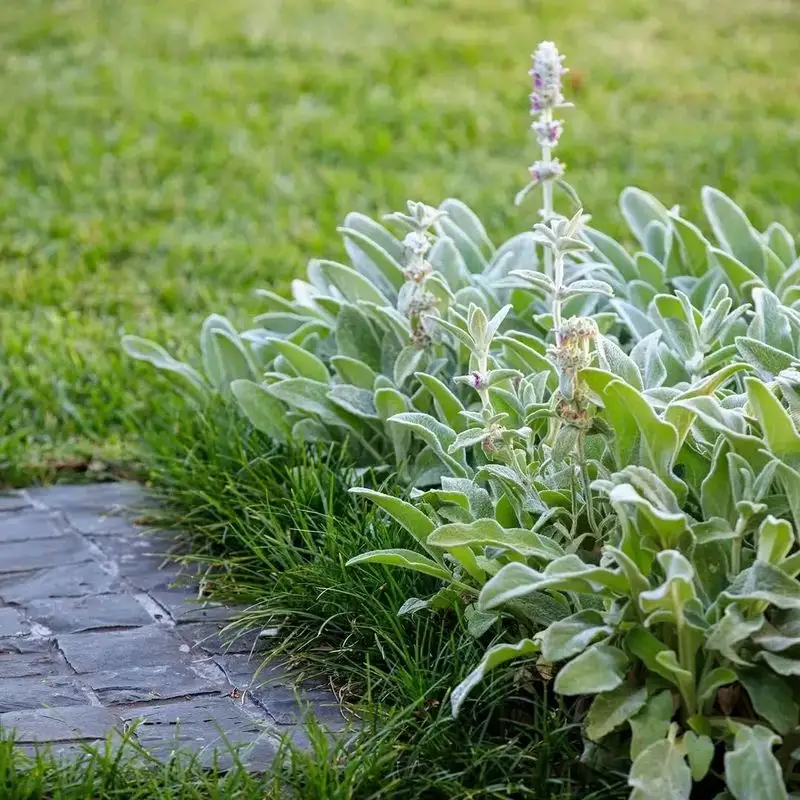
Soft and silvery, Lamb’s Ear might seem out of place in a vibrant garden. However, its fuzzy leaves are deer-resistant and help retain moisture in the soil. It serves as excellent ground cover to prevent weeds. Lamb’s Ear is also known for its soothing properties, traditionally used to heal wounds and insect bites.
Thistle
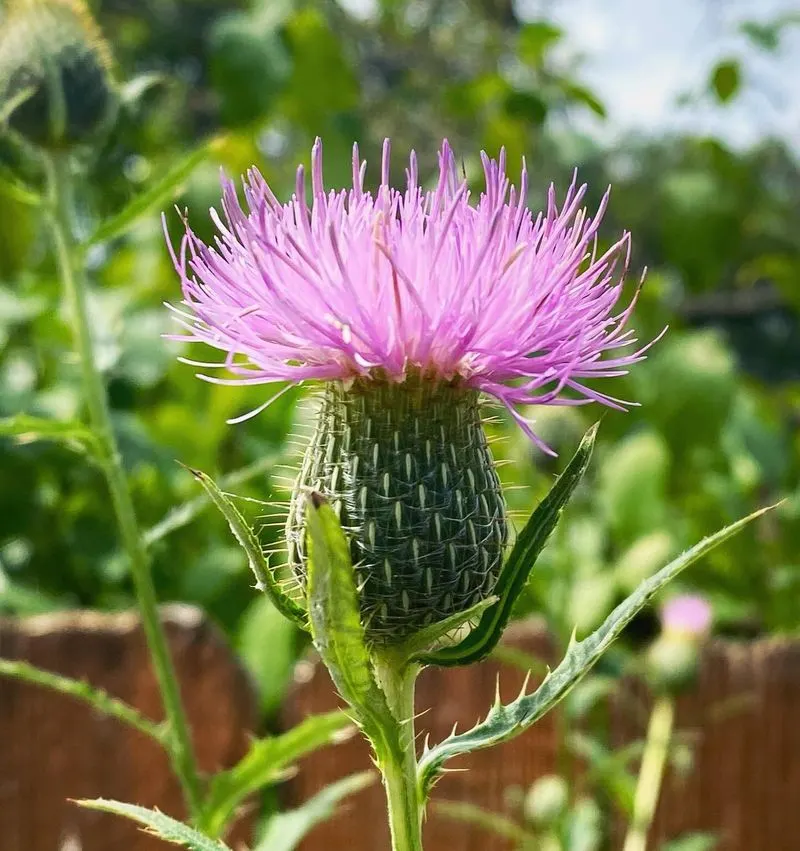
Thistle, often avoided for its spiky demeanor, plays a crucial ecological role. It’s a keystone species for butterflies and bees, providing essential nectar. Thistles improve soil structure with their robust root systems, preventing erosion. Their striking purple flowers add a touch of wild beauty, making them a unique garden feature.
Chicory

Chicory’s sky-blue flowers and tall stalks might appear unkempt, but this plant’s roots enrich the soil by fixing nitrogen. It’s drought-resistant, thriving where others might fail. Chicory is also a favorite forage plant for wildlife. Its roots, when roasted, are a caffeine-free coffee substitute, adding versatility to its benefits.
Horseradish
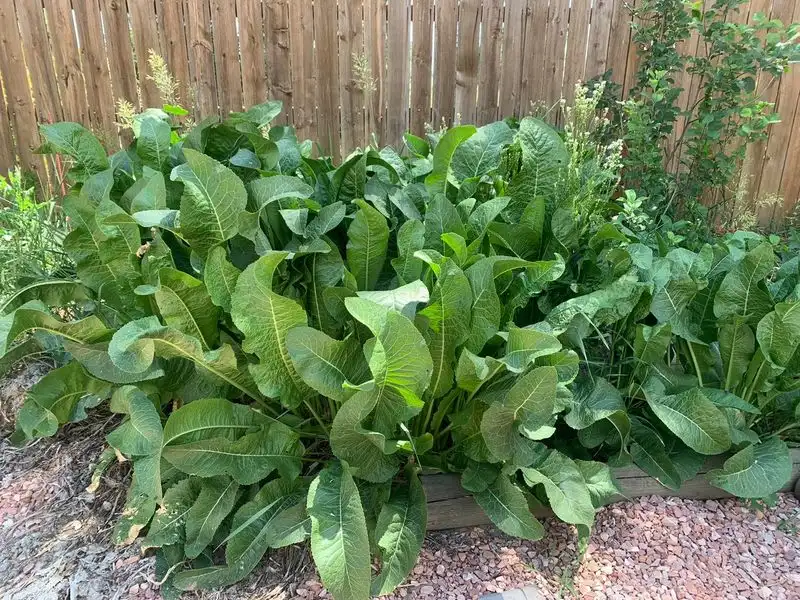
Horseradish, with its pungent scent and large leaves, is more than just a condiment source. Its roots break up heavy soils, improving drainage and aeration. Horseradish also deters pests like whiteflies, protecting nearby plants. Its strong aroma can be an acquired taste, but its benefits to the garden ecosystem are undeniable.
Mullein
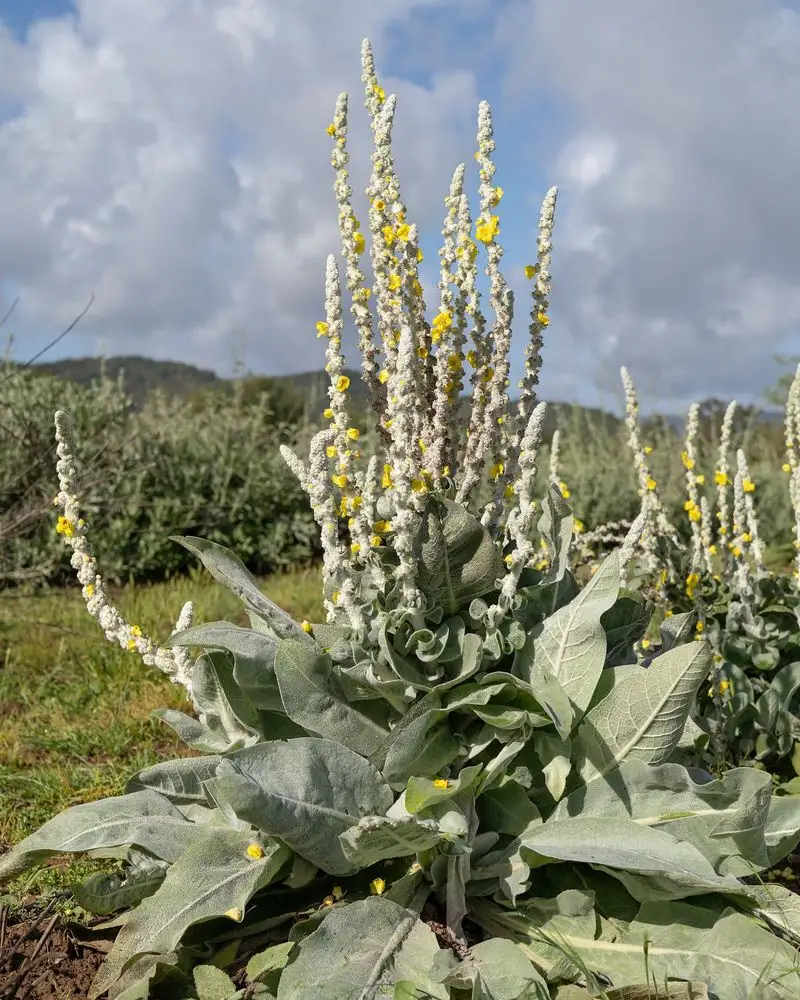
Mullein, with its towering height and yellow blooms, stands as a sentinel in any landscape. It’s known for its medicinal properties, often used in herbal remedies. Mullein’s large leaves can be used as mulch, enriching the soil as they decompose. This plant also serves as a habitat and food source for various beneficial insects.

